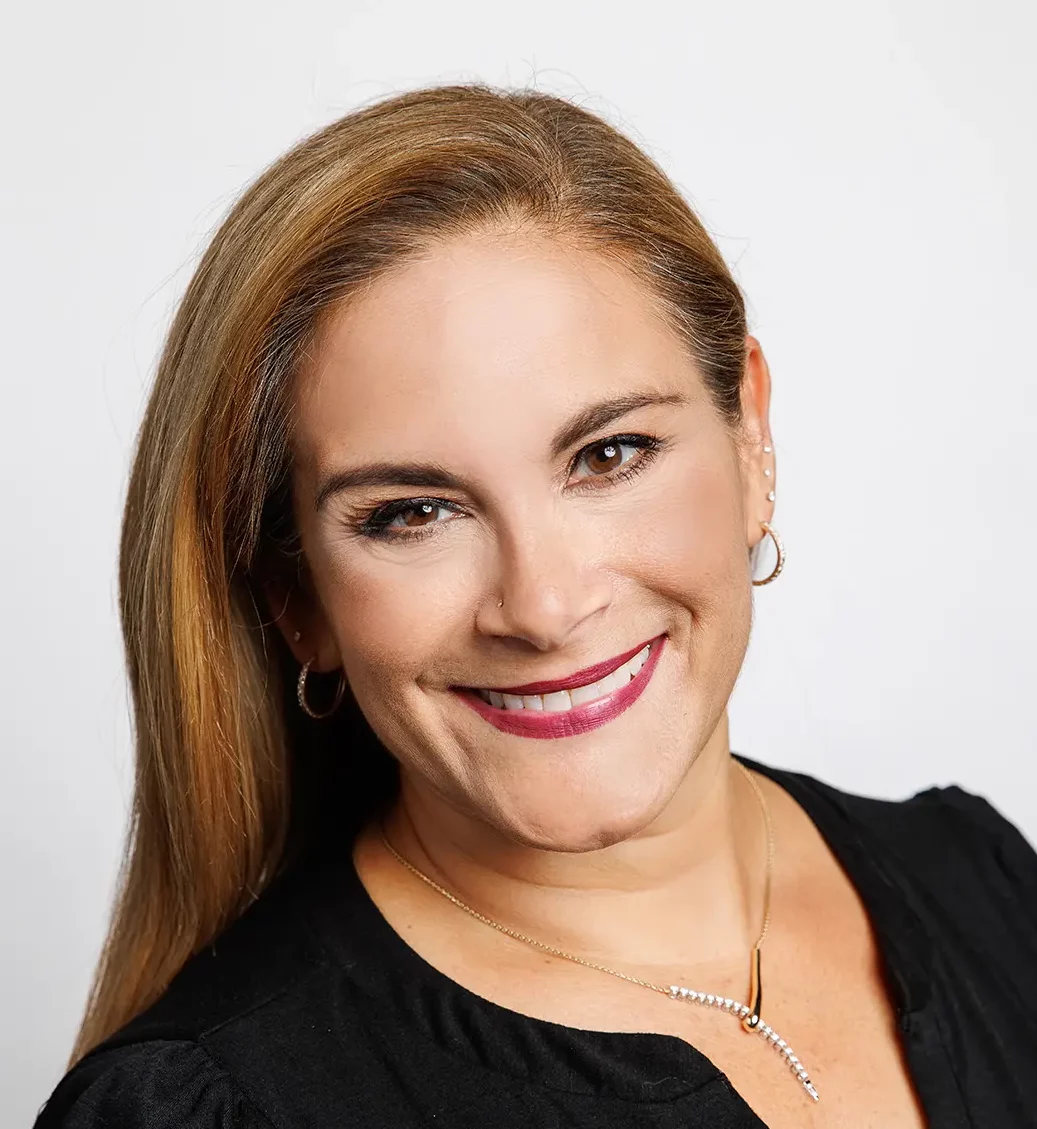Tag
food safety
-
•
Experts say new tools, tougher government oversight can reduce foodborne illnesses #ahcj13
Placing food safety above profits, and using new regulatory power and testing techniques could help protect consumers from foodborne illnesses,…

-
•
Project follows the race to make bagged salad safer
The latest investigation by California HealthCare Foundation Center for Health Reporting’s Deborah Schoch will make you think twice before ripping…

-
•
Reporter finds the story behind food code violations
All the time that The Muskegon Chronicle‘s Brian McVicar has been spending with his county health department’s inspection records has…

-
•
CBC analysis finds resistant bacteria in raw chicken
Reporters from the CBC’s “Marketplace” program visited supermarkets in Canada’s three largest cities, bought 100 samples of chicken, and sent…

-
•
Food safety law boosts tracking technology sector
In The Washington Post, reporter Lyndsey Layton digs into the industry spawned by a requirement in last year’s food safety…

-
•
GAO evaluates FDA’s overseas inspectors
A couple of new GAO reports are seeking to shed some light on the FDA’s overseas regulatory efforts. The first…

-
•
Conflicts abound for private food inspectors
The Washington Post‘s Lena H. Sun has gathered, in one story, a laundry list of all the shortcomings, loopholes and…

-
•
Investigating, localizing salmonella outbreak
As some of you may have noticed, there’s an egg recall going on. It all began when the CDC’s PulseNet…

-
•
Stadium concessions rack up health violations
ESPN’s Paula Lavigne examined 2009 health department inspections from the 107 stadiums that host MLB, NBA, NHL and NFL games…



